|
Part of the Prime Vice Studios mission is to share knowledge about the sequential art medium and encourage artists to always develop their talent. With this in mind I’ve established the Seqa Dojo™ (Short for Sequential Art Dojo).
The SEQA DOJO Web series This web series is a continuation of the Prime Vice Studios tutorials proudly sponsored by plash’s Comic Draw app. Please enjoy, participate, and share. Keeping A Scroll Tutorial
Your scroll is your personal practice book. Also commonly called your sketchbook, journal, and/ or black book- It’s a space where you capture your ideas and practice your craft.
It is not a gallery of your best and finished work- that is what your portfolio is for. you may have finished pieces in your scroll but unfinished processes should outweigh the ratio of completed works.
Your scroll is a space to play, practice mark making, work on studies, and explore new techniques for your artistic development.
How To Keep A Scroll
The habit of keeping and making scrolls serves several functions:
Just like any training regimen keeping a scroll helps keep your skills sharp & fit for action.
The habit is not limited to just one book at a time. Setup designated files in your tablet and carry a portable sketchbook with you for impromptu opportunities. You can then bring in your sketches into your digital file and continue to build on your ideas.
Challenge yourself to constantly raise your drawing chops. Try new styles, draw things you haven’t drawn before, analyze and dissect other artist’s work but always be prepared to draw!
Use as a tool to pool your ideas, pull from life around you, collect scraps of your interests. Your scroll is your personal playground.
Take Aways
Keeping a scroll is for practice and processes not necessarily creating finished art products.
Reflect on your patterns. What do you notice about the things you capture and their essence?
Make as many scrolls as you want. Even fill multiple ones at the same time for different reasons. Don’t discriminate between traditional, digital, hybrid or even unconventional methods of working. Let the purpose dictate the path.
Share or publish your works. You can take your best pieces and compile them into collectable anthologies or just upload your favorites on social media with your friends and followers.
Thank you for checking out this tutorial. I hope you’ve found it useful and inspiring. Below you’ll find a downloadable cheat sheet of this tutorial and additional resources that you can purchase through Amazon.com which will help support the creation of this information.
Peace, Loso Perez, MFA @loscomic @prime_vice PS. Prime Vice Studios is available to book for private lessons and workshops. Additional Resources
Step up your sticker game
Prime Vice Studios creates custom art that you can use for original stickers. Hit us up for a consultation or upload your own art through the link below for a discount on your first order.
0 Comments
Part of the Prime Vice Studios mission is to share knowledge about the sequential art medium and encourage artists to always develop their talent. With this in mind I’ve established the Seqa Dojo™ (Short for Sequential Art Dojo).
The SEQA DOJO Web series This web series is a continuation of the Prime Vice Studios tutorials proudly sponsored by plash’s Comic Draw app. Please enjoy, participate, and share. Rhythm & Pacing Tutorial
Whether you are working directly from a writer’s script or your own notes page layout is all about rhythm and pacing.
Effective page flow demonstrates your abilities as a good sequential artist. You are going to want to frame the action in a manner that guides the reader in a smooth way. Setting up your page flow
Comic Page flow is about laying out a sequence of panels to convey a series of moments to tell a story.
Think about the flow of your panels before drawing them in. Divide your page up in a rhythm that reflects the flow of the story. Storytelling first, artistry second in sequential art.
The most important & impactful image stands out as the largest.
* After setting up the flow with the panels think about what is happening in each panel.
Consider where the reader’s eyes need to focus in each panel. Think visually first when composing. Show over tell is the best policy.
Key Take Aways
Look over your page and ask yourself:
* Is the storytelling clear? * Does the Rhythm of the panels go with the pace of the story? * Are there elements that need to be included or taken out?
Thank you for checking out this tutorial. I hope you’ve found it useful and inspiring. Below you’ll find a downloadable cheat sheet of this tutorial and additional resources that you can purchase.
Prime Vice Studios is available to book for private lessons and workshops. Peace, Loso Perez, MFA @loscomic @prime_vice Additional Resources
Part of the Prime Vice Studios mission is to share knowledge about the sequential art medium and encourage artists to always develop their talent. With this in mind I’ve established the Seqa Dojo™ (Short for Sequential Art Dojo).
The SEQA DOJO Web series This web series is a continuation of the Prime Vice Studios tutorials proudly sponsored by Comic Draw. Please enjoy, participate, and share. Freestyle Drawing Tutorial
Freestyle drawing is an excellent exercise to get started in the creative process.
Sometimes getting started is the hardest part of making comics. We get caught up with our ideas in our head instead of working through them in tangible forms. Freestyle drawing helps you get started.
How to get started:
1. Set up an uninterrupted time slot for art time.
2. Set your ritual. Have a place to draw and collect everything that you need and prepare to play.
3. Have a surface & tool. You can’t do any drawing without something to do it with and something to do it on. Open up your Comic Draw app or at least have a pencil & pad to scribble on.
4. Fill the surface. Get your hands going and don’t stop until the page is filled or time runs out.
Some suggestions...
This is a good opportunity for abstract mark making and/or working through an idea.
Look at something or someone and draw it from observation.
Jot down letters, thoughts, ideas, phrases or words.
Sketch out geometric shapes and patterns. This is useful for figuring out rhythms and designs.
Understand and push the limits of your tool.
5. The last and most important step. Have Fun! If you are not having fun you are not doing this activity right.
After you’ve filled a page or two please feel free to share your work with me. I’d like to see what you come up with.
Thank you for checking out this tutorial. I hope you’ve found it useful and inspiring. Below you’ll find a downloadable cheat sheet of this tutorial and additional resources that you can purchase.
Prime Vice Studios is available to book for private lessons and workshops. Peace, Loso Perez, MFA @loscomic @prime_vice Additional Resources
This week’s tutorial goes over how use color to enhance your comic art.
Adding color to your comics adds vibrancy and extra dimension but first you must choreograph your palette. Make sure to choose colors that serve the mood of the scene.
Choreograph you color scheme.
Temperature
According to color theory certain colors create indications of temperature, emotion and movement in space. Warm colors push forward in space. Warm colors which includes reds, oranges & yellows are indicative of intensity or anger and moves forward in space.
Cool Colors recede back into space.
Cool colors which includes blues, most greens & various grays often indicate calmness & tranquility and receding back into space. Comic Coloring Rules of Thumb
Keep these principles in mind to make the best decisions in coloring your comics.
Decide on areas of focus. The focus area will be the most saturated and have the most intense color. Color details need to enhance the line art. The line art should inform how you color. Work from dark to light. Indicate the shady areas and shadows. Shading gives your art more depth. Reinforce the light source. The brush must serve the line work. Does the texture of your brush help or hinder the artwork? Model your figures and objects using values. Simple modeling works best to not muddy the line work. Enhancing the narrative. These basic principles are helpful when setting up spatial planes, indicating mood or emotion, when framing and establishing focal points.
Always consider the context of the scene.
Color application is useful for adding emotional impact and extra dimension to line art. Apply these principles consciously to enhance aspects of the visual narrative. Thank you for checking out this week’s tutorial. I hope you’ve found it useful. Please add any comments below. I love to read and follow up on my fellow artists. Additionally, Prime Vice Studios is available to help people on their comic creation journeys. Hire us for professional assistance at any level of your creative process. From conception to creation we are experts at helping others develop their vision. Download the cheat sheet below for your own reference. Check out the additional resources below for links to the references & materials used. Peace, Loso Special thanks to our official sponsor Plasq for providing the invaluable app Comic Draw! follow on us social media! @Prime_Vice #primevice @AnanyaVahal @Plasq @ComicDrawApp #comicdraw #startyourcomictoday @ComicConnect Additional Resources
This week learn how to utilize the subjective camera technique to create compelling comic sequences. Lets go!
When making comics your primary objective is to stimulate an emotional response in the reader.
What is the Subjective Camera?
The Subjective Camera is when you see the action (or much of it) from the character’s point of view.
Why use the Subjective Camera Technique?
Using the Subjective Camera (SJ) technique serves the purpose of stimulating an emotional response from the viewer by placing them in the character’s shoes.
By getting in the character’s head you see what they see & feel how they feel.
The S C Technique follows a 4 part formula. First start with a close-up of the character. The one you want to use to bring the reader into the story.
* A close-up is when the panel is zoomed in close.
Second, show the following shots from the character’s point of view. As if you were seeing through the character’s eyes.This allows us to see what they see. Below I am doing a POV shot from another character to build up anticipation.
Now show the character again but with a different expression. The reader will feel what the character feels. Check out how I switched him from looking nervous to more menacing in this shot.
Lastly, add additional panels to show the spatial relationships and passage of time. Make the sequence of events & actions as coherent and clear as possible.
The Subjective Camera Technique is useful for making compelling scenes in your comic. Storytelling can be tricky when it comes to pacing a sequence of events. As a cartoonist you want to be able to keep your reader’s attention engrossed as possible in your story not just demonstrate elaborate talent or boring panels. Make magic happen in your sequences by paying attention to the panel compositions and how they will keep a grip on your readers. Give them a clear & emotionally impactful story. They’ll love you for it.
Thank you for checking out this week’s tutorial. I hope you’ve found it useful. Please add any comments below. I love to read and follow up from my fellow artists. Additionally, Prime Vice Studios is available to help people on their comic creation journeys. Hire us for professional assistance at any level of your creative process. From conception to creation we are experts at helping others develop their vision. Check out the additional resources below for links to the references & materials used. Peace, Loso Special thanks to our official sponsor Plasq for providing the invaluable app Comic Draw! follow on us social media! @Prime_Vice #primevice @AnanyaVahal @Plasq @ComicDrawApp #comicdraw #startyourcomictoday @ComicConnect Additional Resources
This week’s tutorial focuses on building your storytelling skills using the Rule of Three.
When creating a comic story the primary aim is to show a sequence of events that are entertaining & clear to understand.
The Rule of Three can be understood in multiple ways depending on the medium’s frame of reference.
In the setup introduce characters that can resonate with others. Pose a challenge for them or create some sort of disruption in their world.
Build anticipation for future events. Give the reader something to look forward to. Think of the environment as a character as well. All information in your panels must be pertinent to carrying the story forward.
For the second panel or the Hit pose challenges for your character to overcome. They should be striving for something but some sort of resistance is in the way.
The events should be pertinent to their change.
The aftermath should have a sensational ending. The ending needs to resolve something from the beginning.
Cliffhangers are fine to use but give your readers some satisfaction and something to look forward to. Always aim to give your readers an emotional impact. Make them feel something about the story and characters. 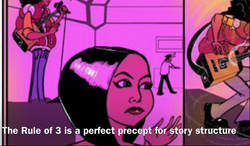
The Rule of 3 is useful for comics as short as three panels, multiple pages and so forth. Utilize it as an extra tool in your kit.
Thank you for checking out this week’s tutorial. I hope you’ve found it useful. Please add any comments below. I love to read and follow up from my fellow artists. Additionally, Prime Vice Studios is available to help people on their comic creation journeys. Hire us for professional assistance at any level of your creative process. From conception to creation we are experts at helping others develop their vision. Check out the additional resources below for links to the references & materials used. Peace, Loso Special thanks to our official sponsor Plasq for providing the invaluable app Comic Draw! follow on us social media! @Prime_Vice #primevice @AnanyaVahal @Plasq @ComicDrawApp #comicdraw #startyourcomictoday @ComicConnect Additional Resources
Putting life into an essentially lifeless medium is tricky. As a cartoonist you want to give your reader’s the impression of movement and life in your art through the stills that you draw. In this week’s tutorial I go over how you can use action arrows to build your figures up with an inherent sense of directional movement.
2. Draw an action arrow to emphasize the movement. Highlight the movement by drawing an action arrow around the area of your figure.
Highlight the movement by drawing an action arrow around the area of your figure.
3.Build your figure using the action arrow as a guideline. Utilize it as a reference to understand your character’s action.
The direction of the arrow directs the reader’s eye. As you build your figures play with the posture and push the boundaries of your under lying guideline
Final tip: Always have good references handy for your art. I used ArtPose to create this figure reference. It has realistic proportions and the dots help me make good stick figures to build upon. I played around with the legs a bit to see how it would look if the character was moving his legs around.
The underlying line of the action arrow is helpful for visualizing how to give your figures a sense of movement. Use it as a guide to build up your figures with an inherent flow. Even a standing figure has movement. This is just a way to push the boundaries on using the line of action.
Thank you for checking out this week’s tutorial. I hope you’ve found it useful. Please add any comments below. I love to read and follow up from my fellow artists. Additionally, Prime Vice Studios is available to help people on their comic creation journeys. Hire us for professional assistance at any level of your creative process. From conception to creation we are experts at helping others develop their vision. Check out the additional resources below for links to the references & materials used. Peace, Loso Special thanks to our official sponsor Plasq for providing the invaluable app Comic Draw! follow on us social media! @Prime_Vice #primevice @AnanyaVahal @Plasq @ComicDrawApp #comicdraw #startyourcomictoday @ComicConnect Additional Resources |
Archives
November 2023
Categories
All
|



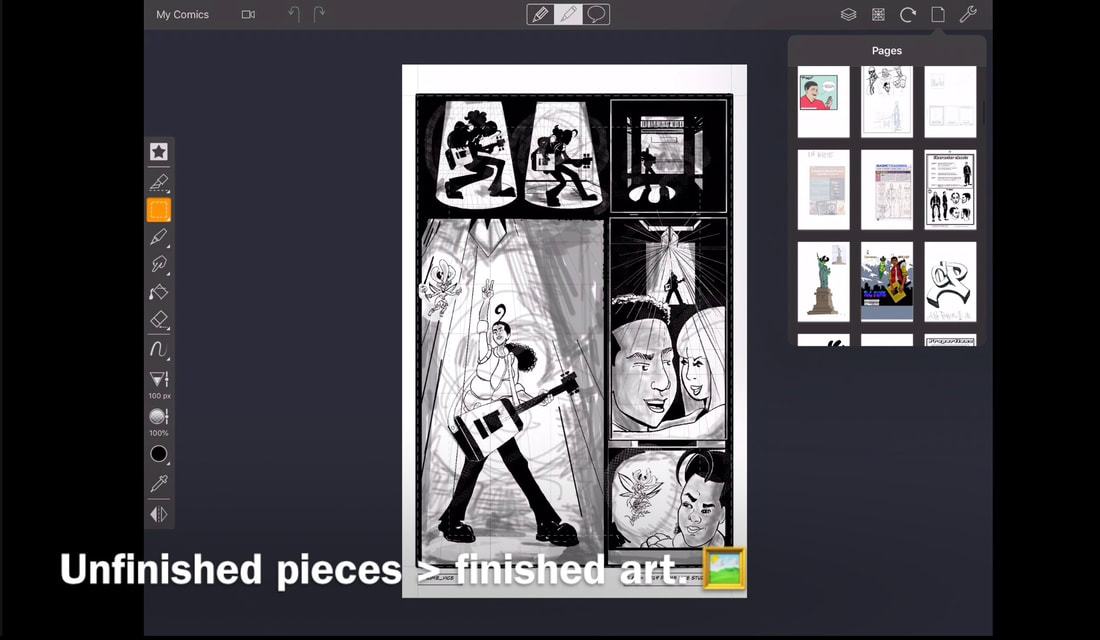


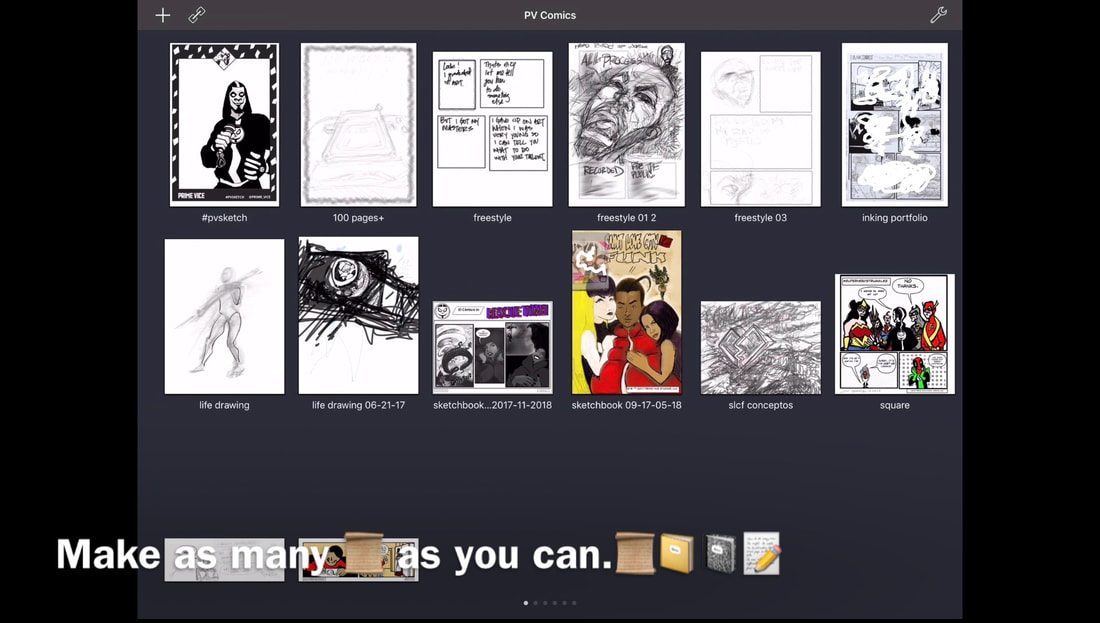
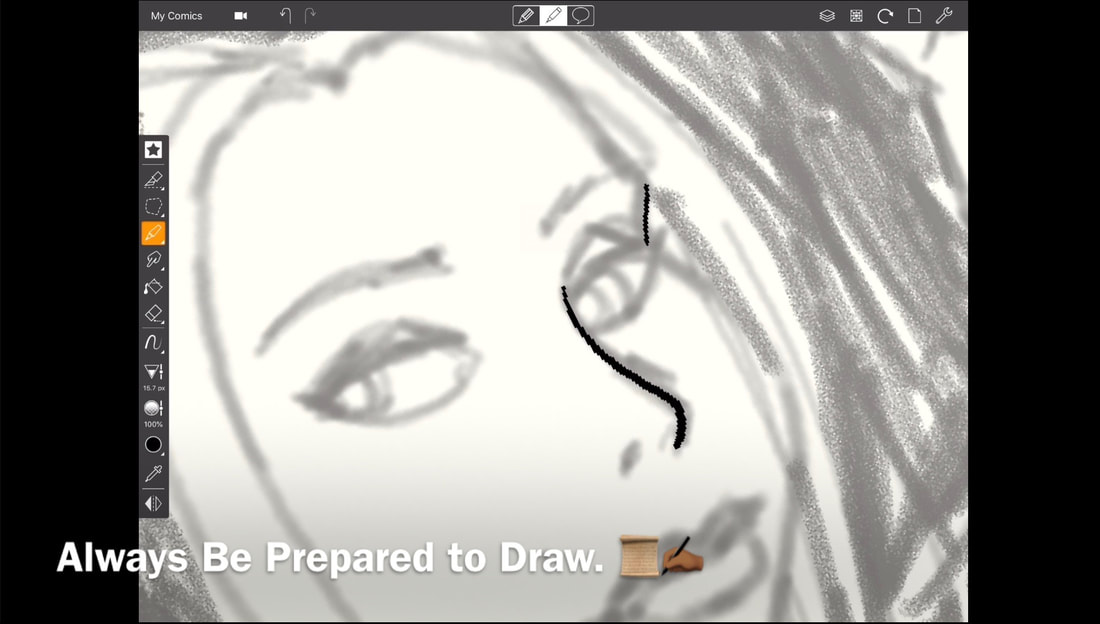

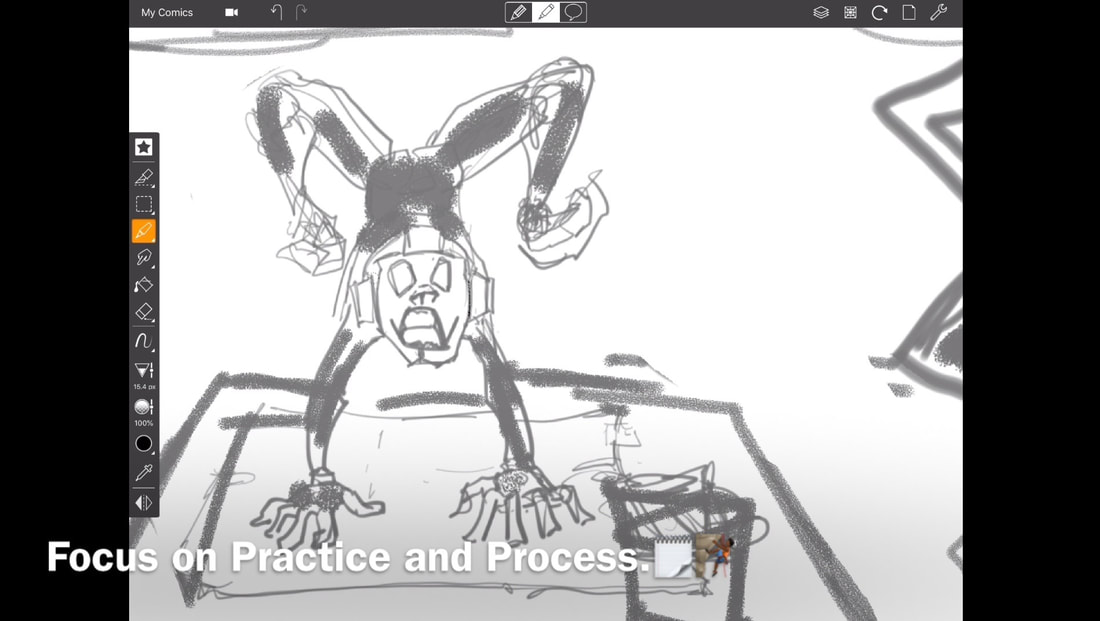

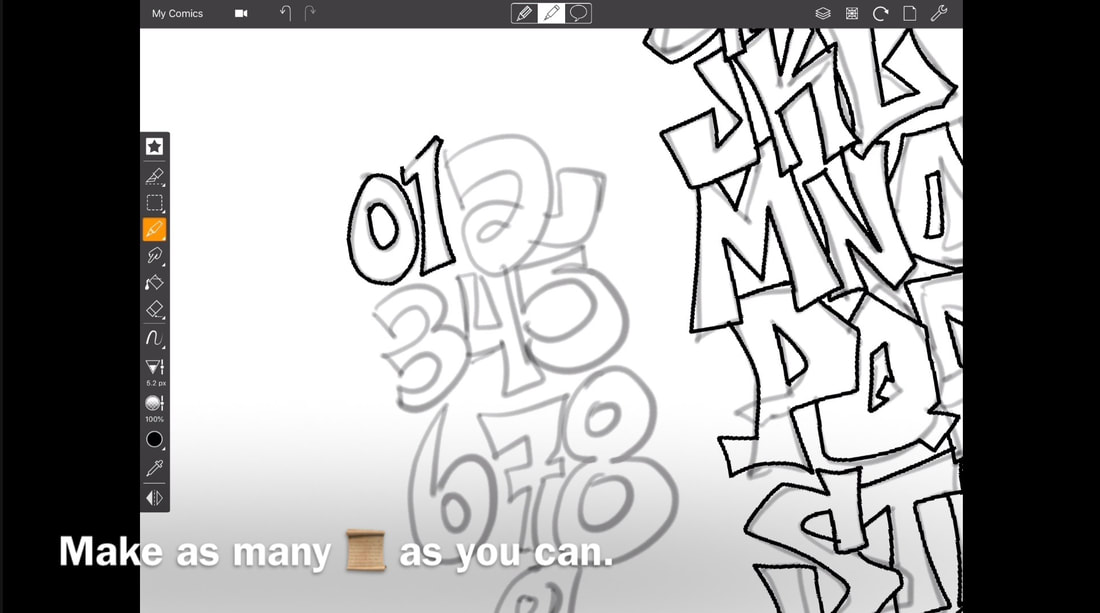

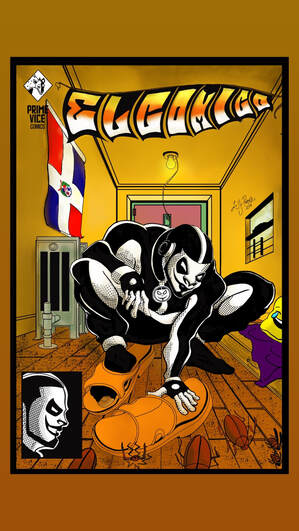
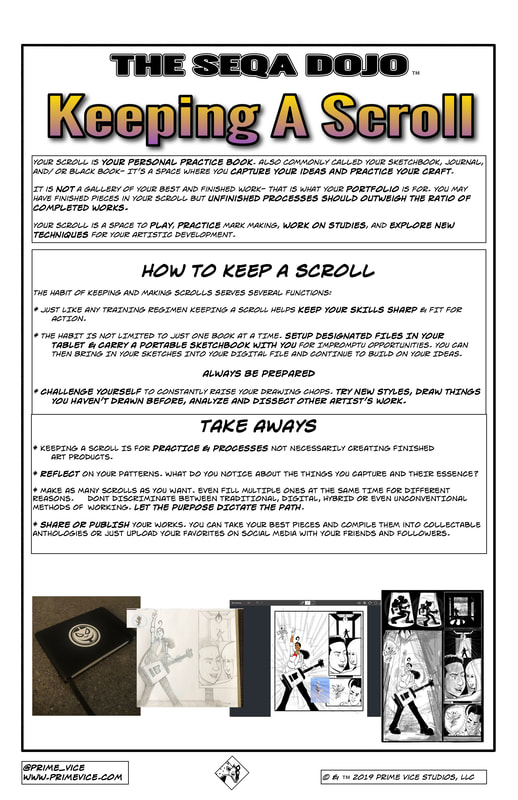






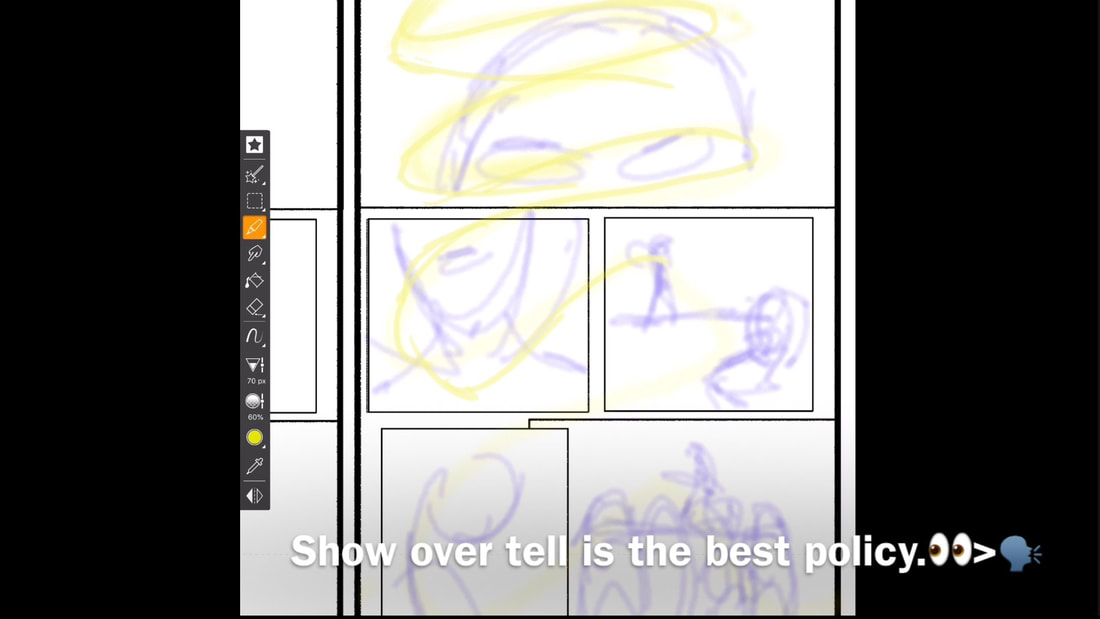



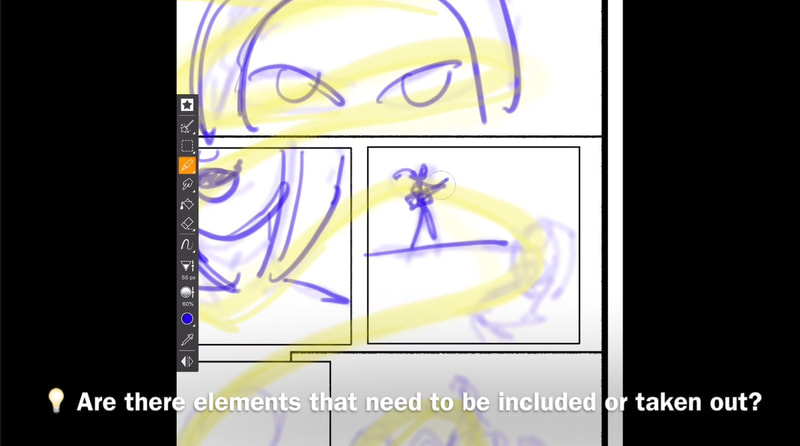


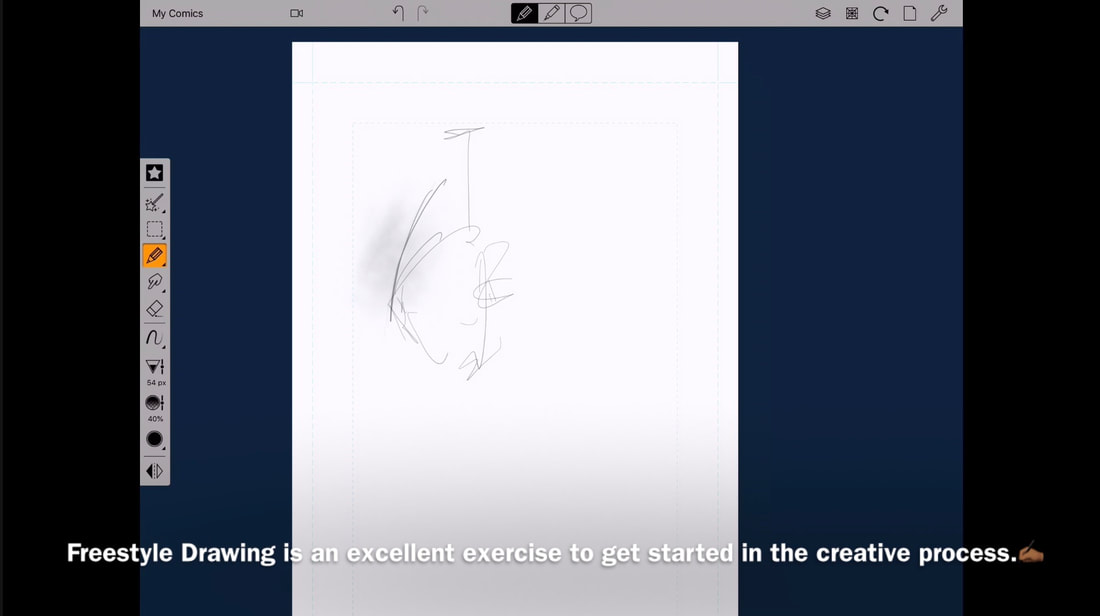



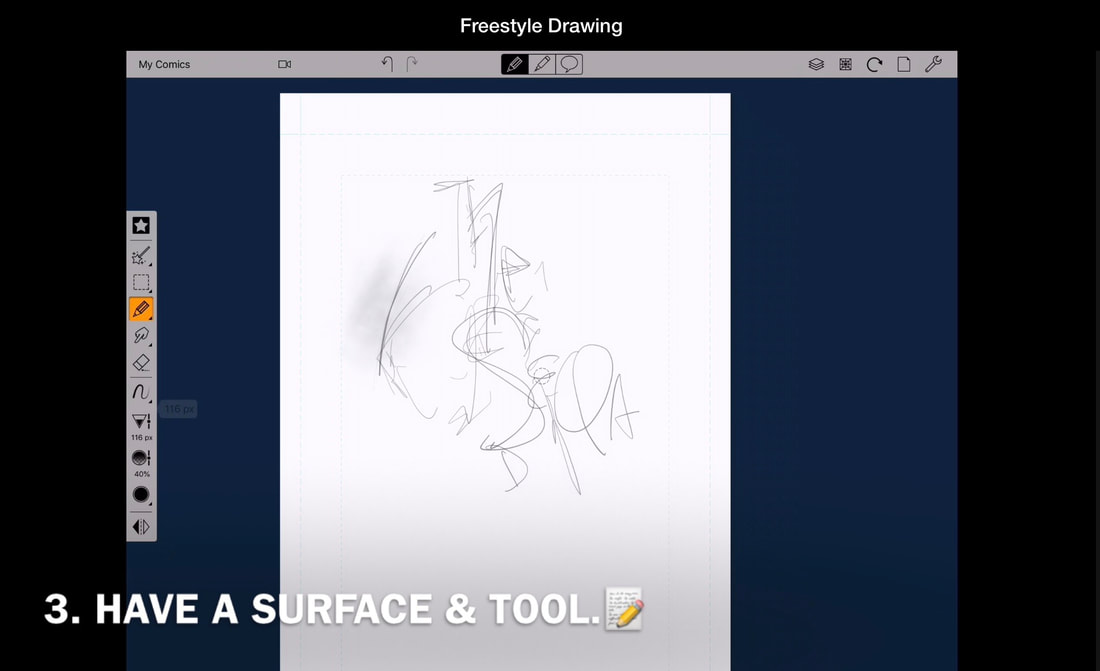


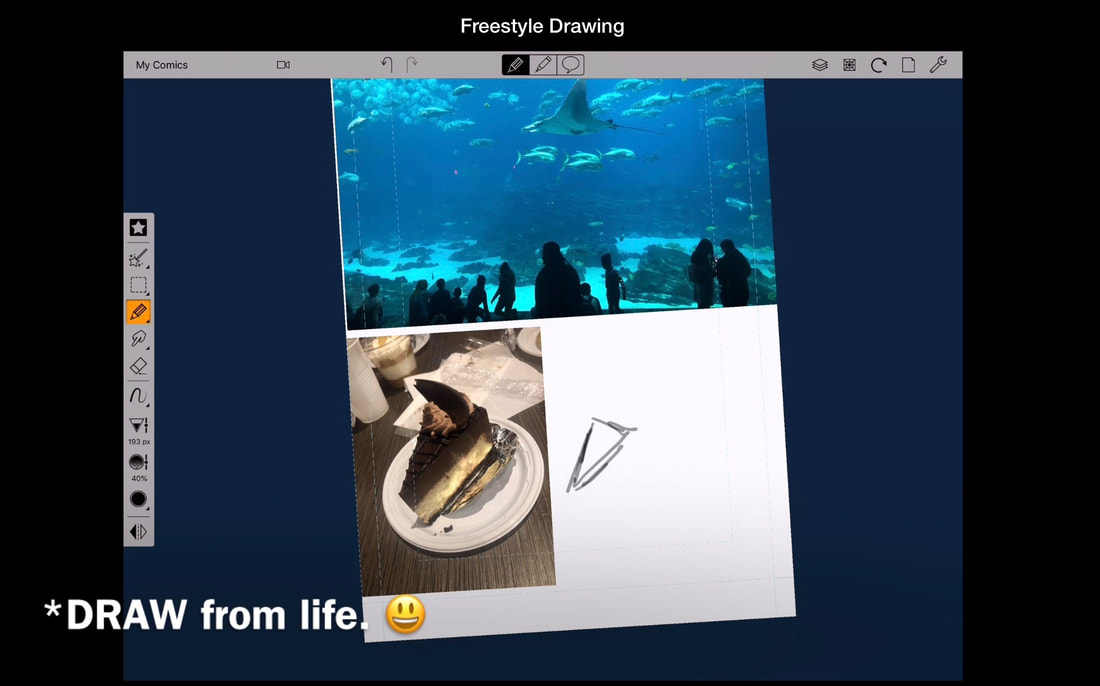
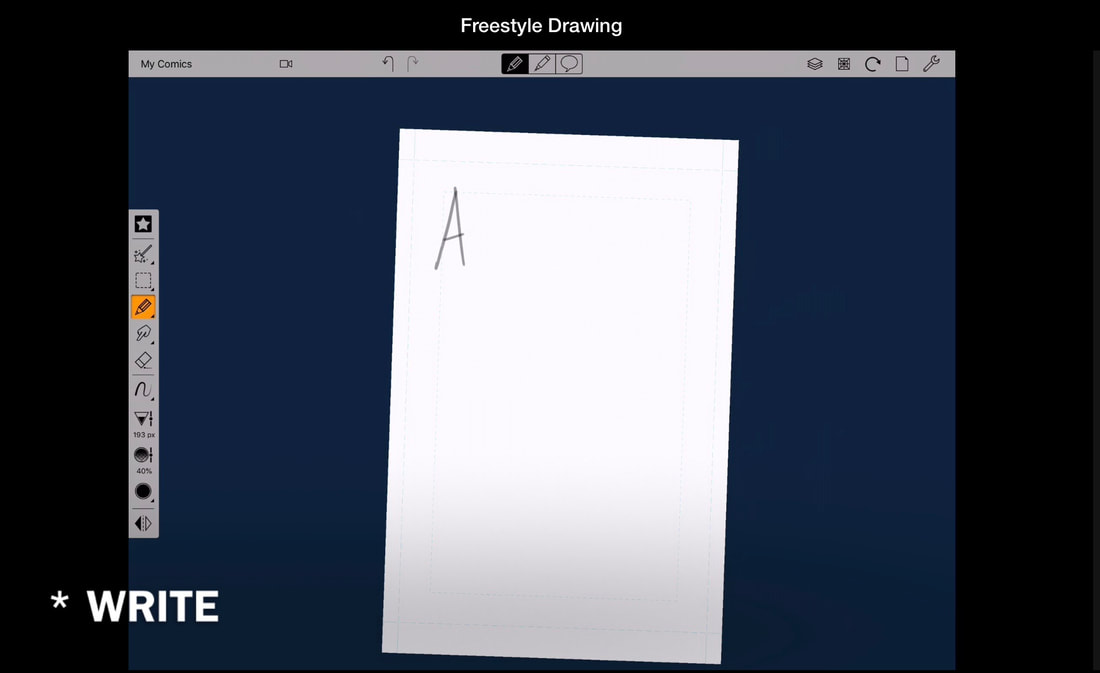
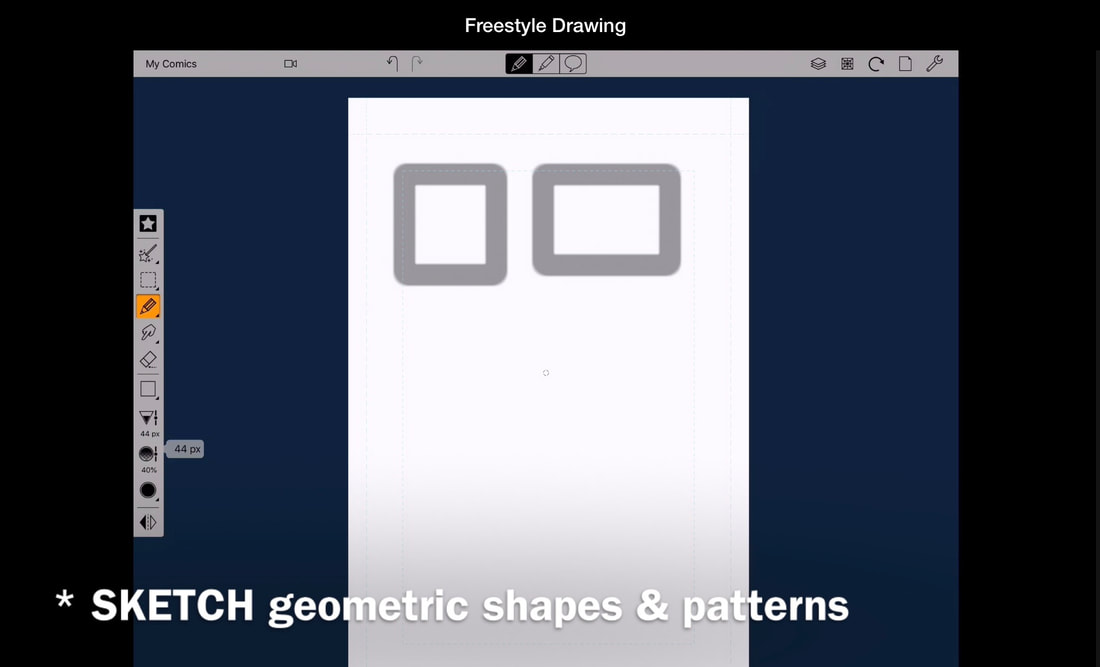






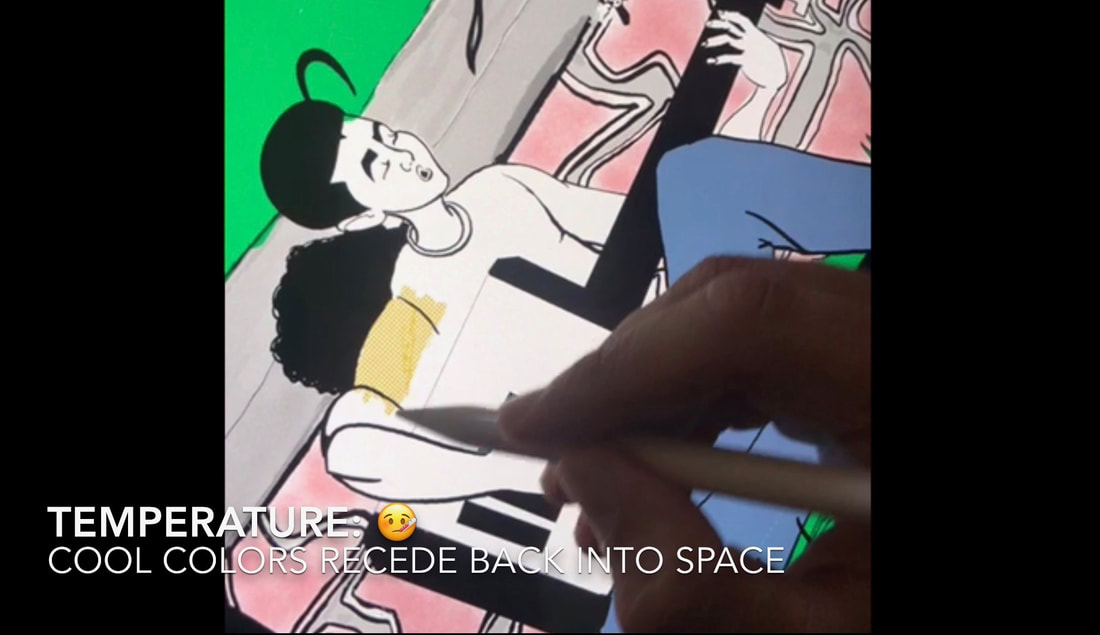
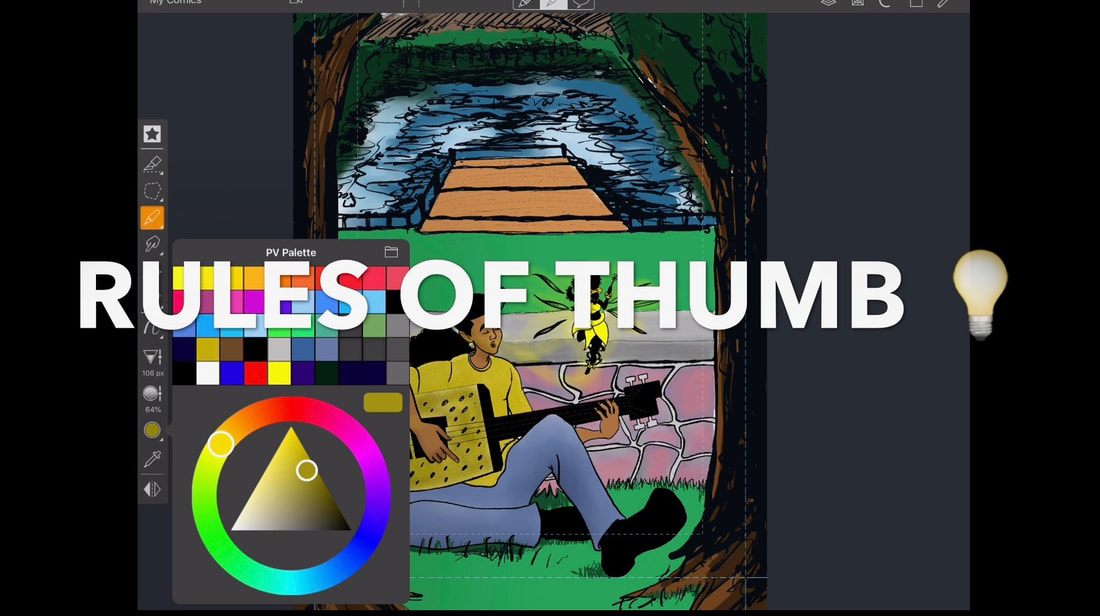


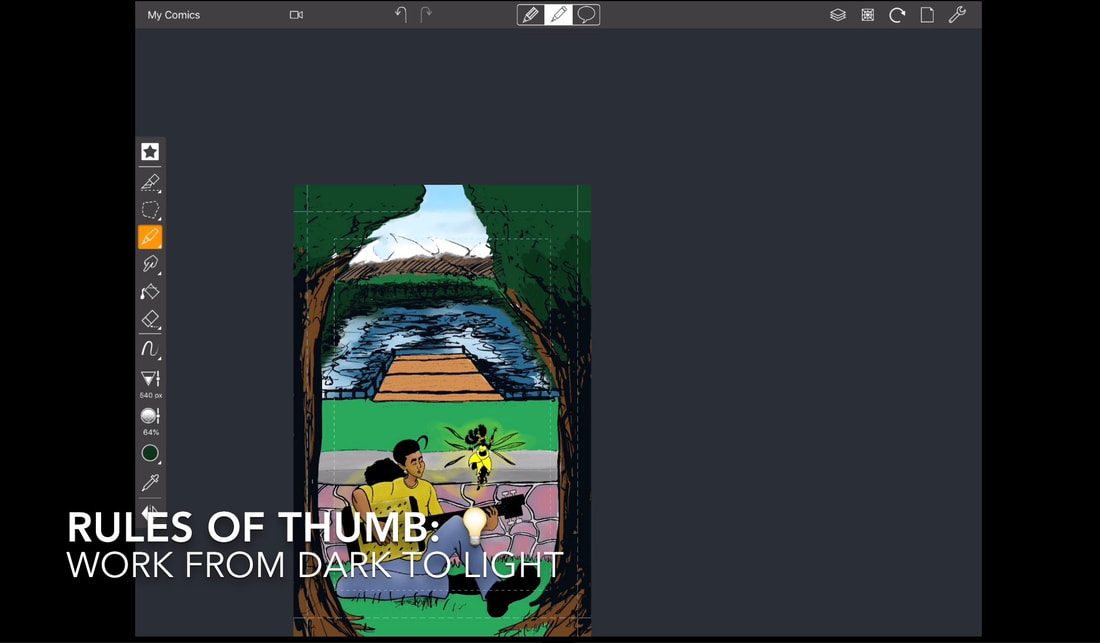
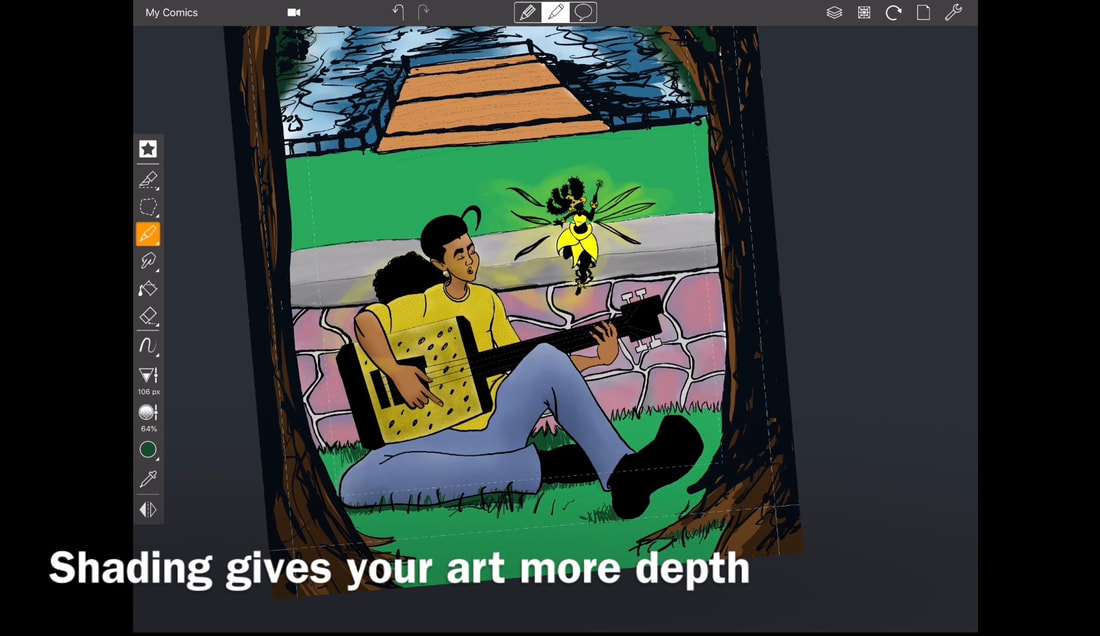
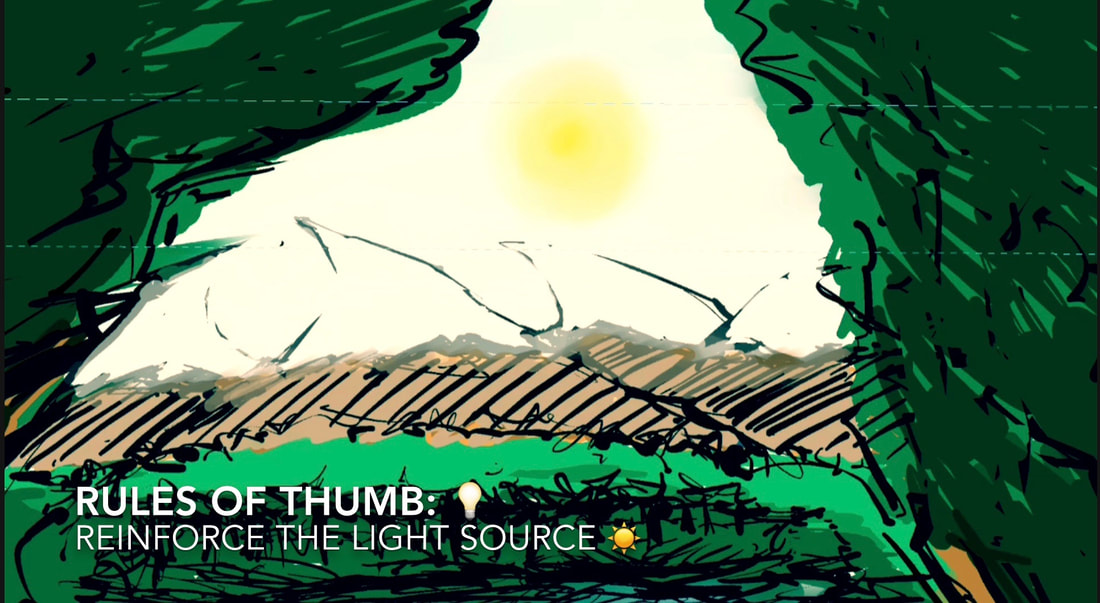
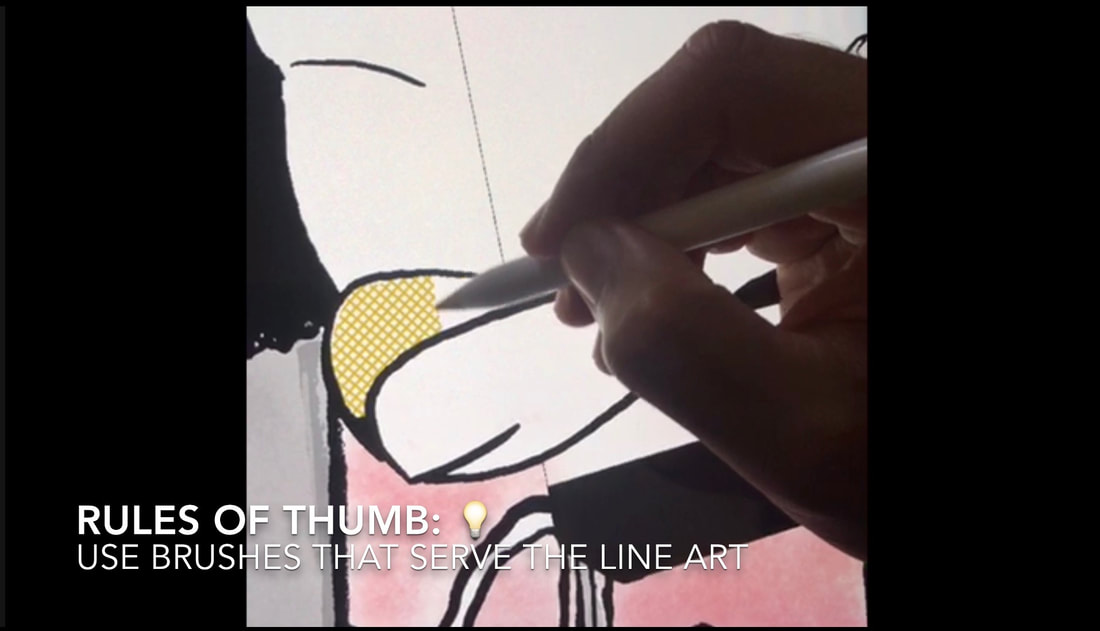
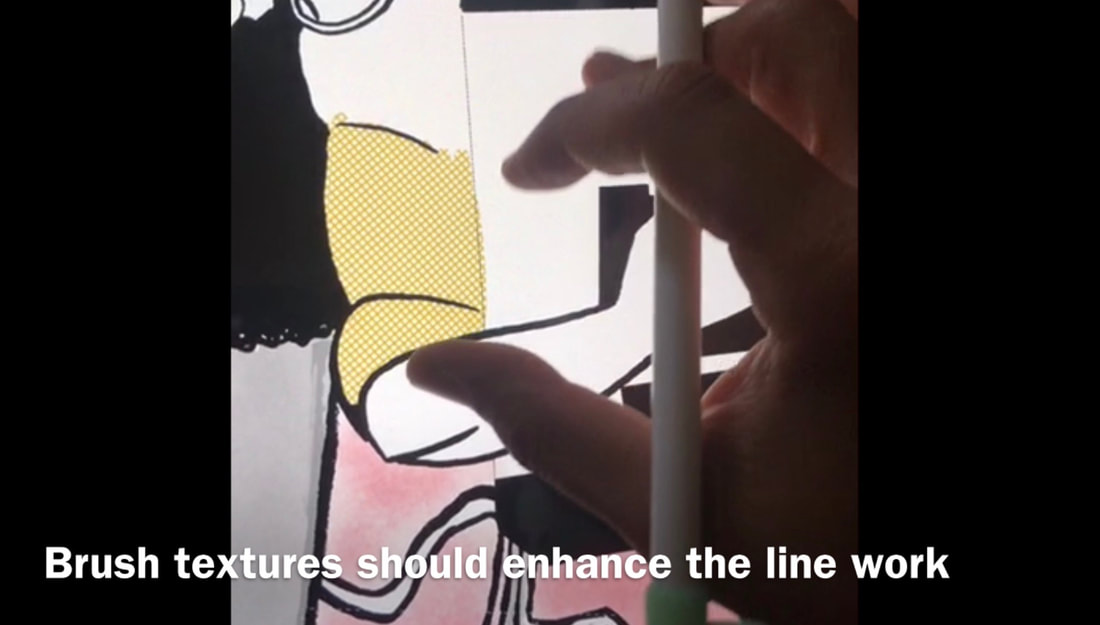
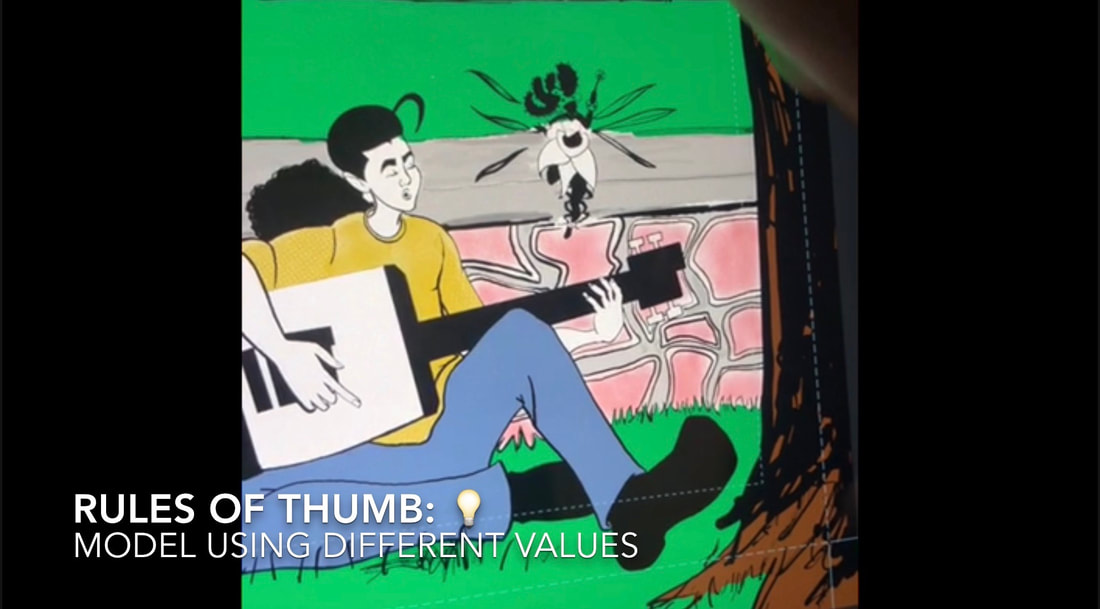
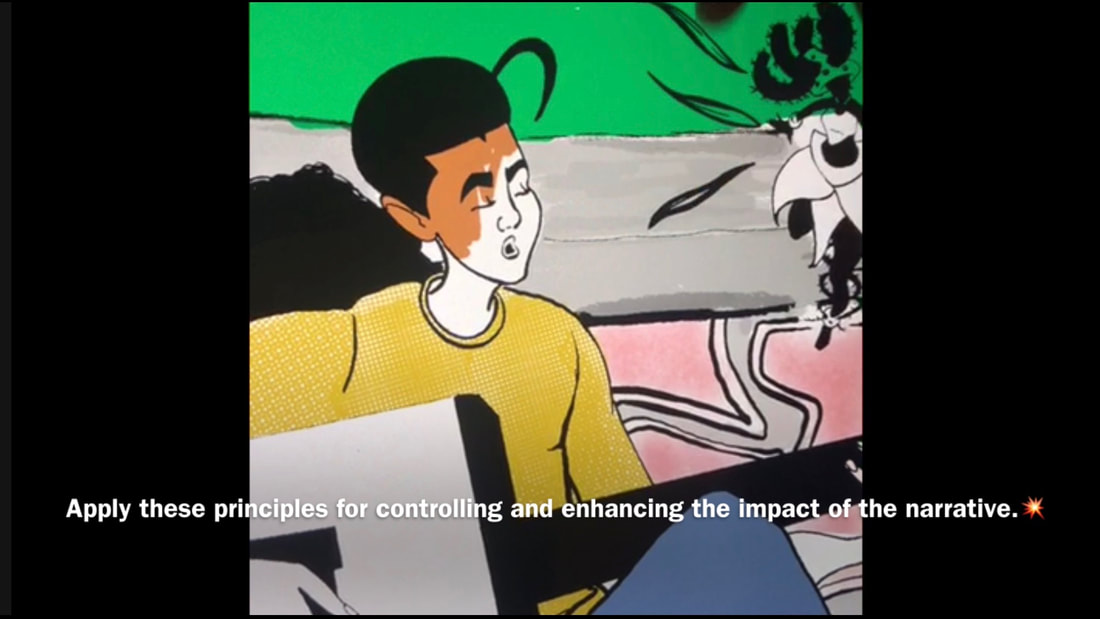




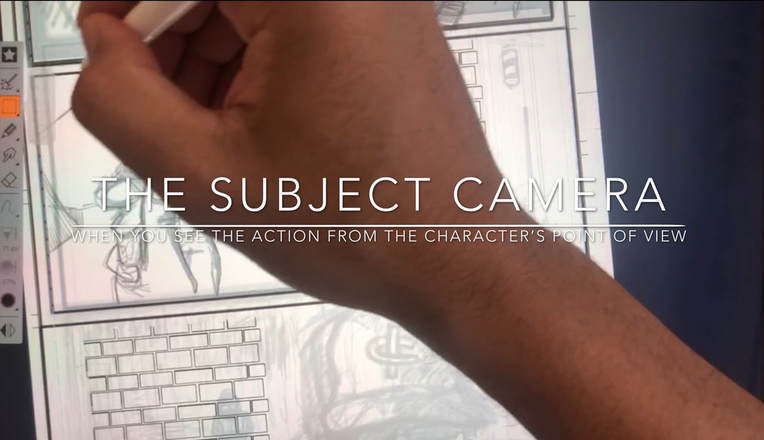





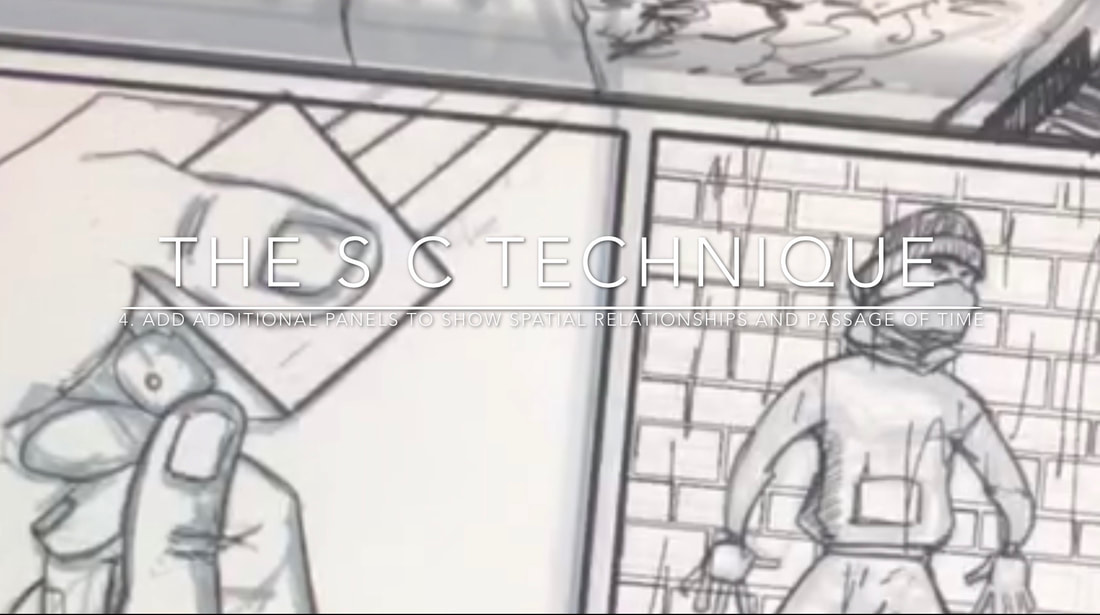





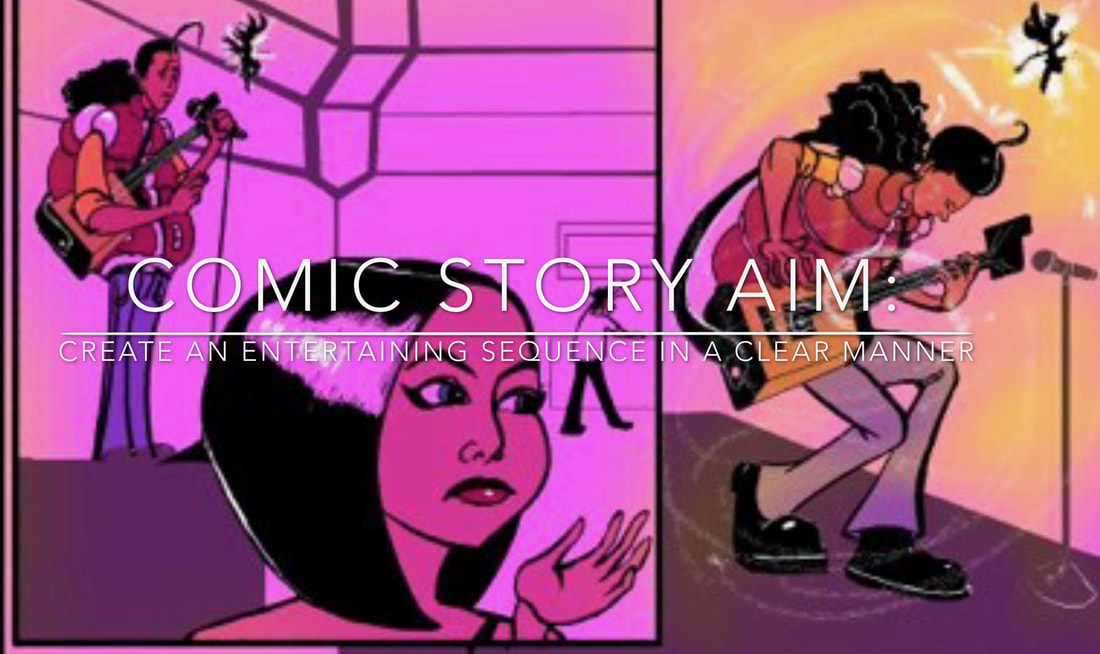
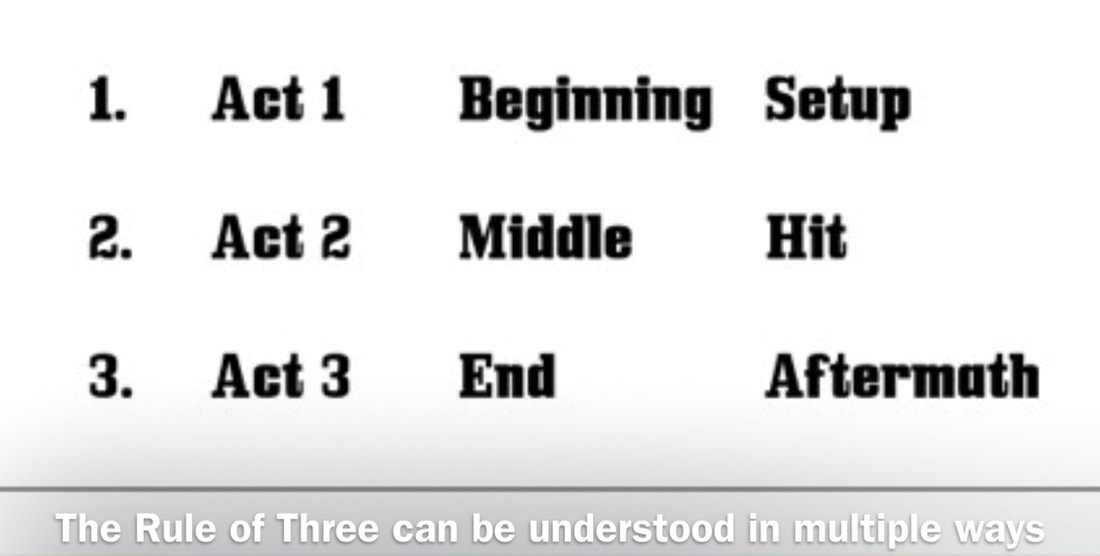

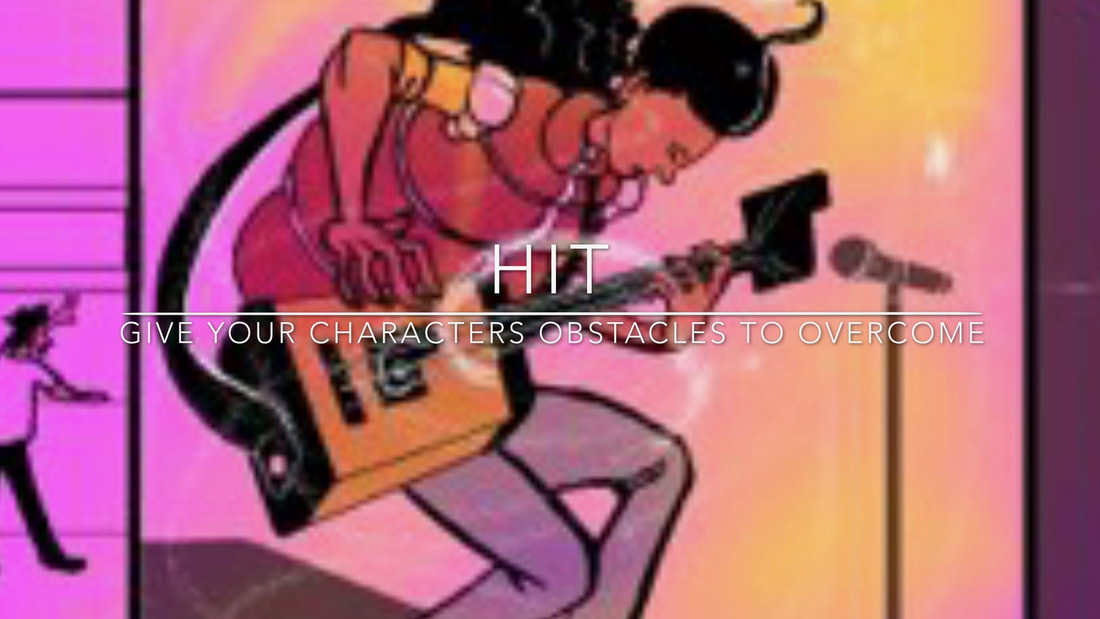











 RSS Feed
RSS Feed













